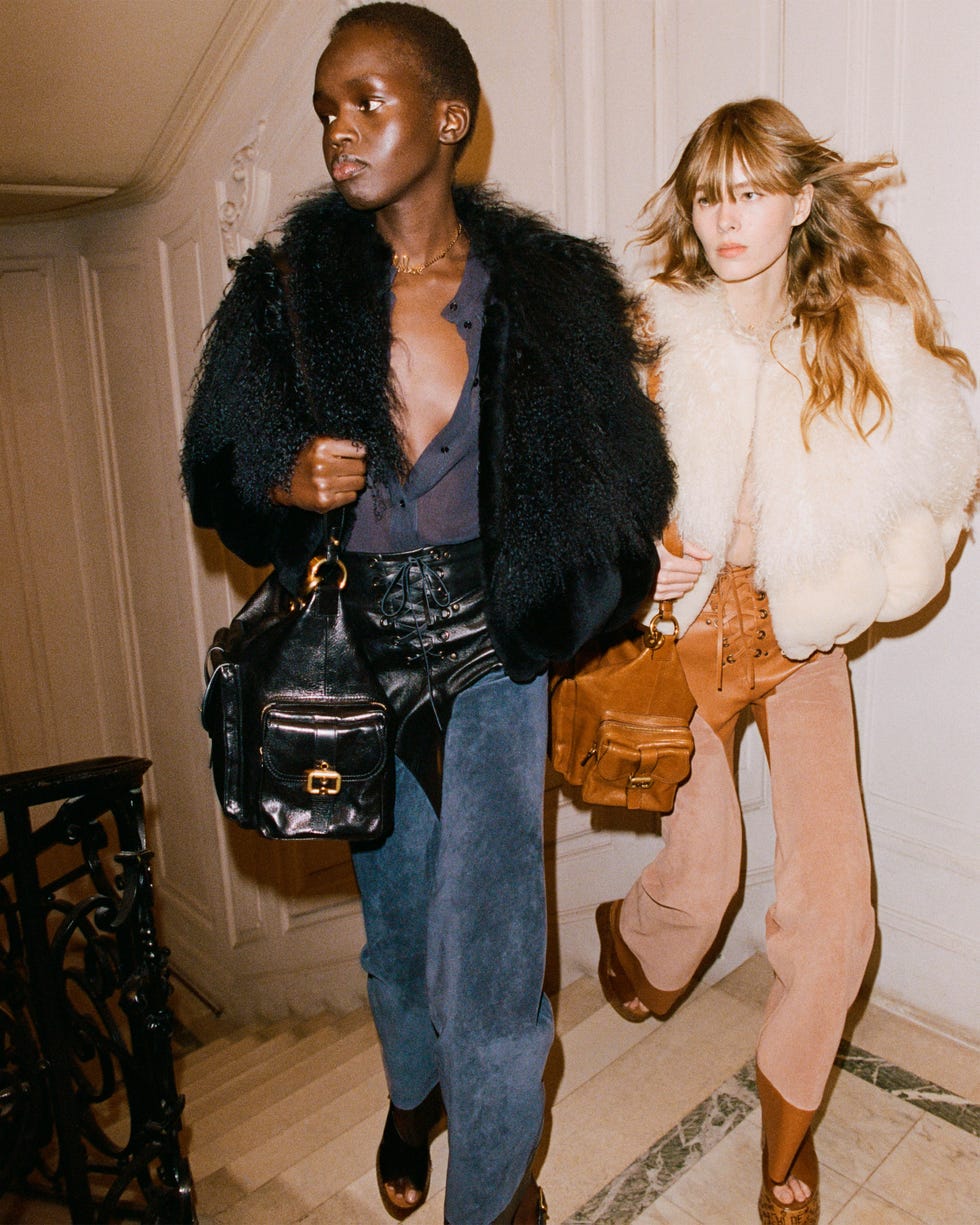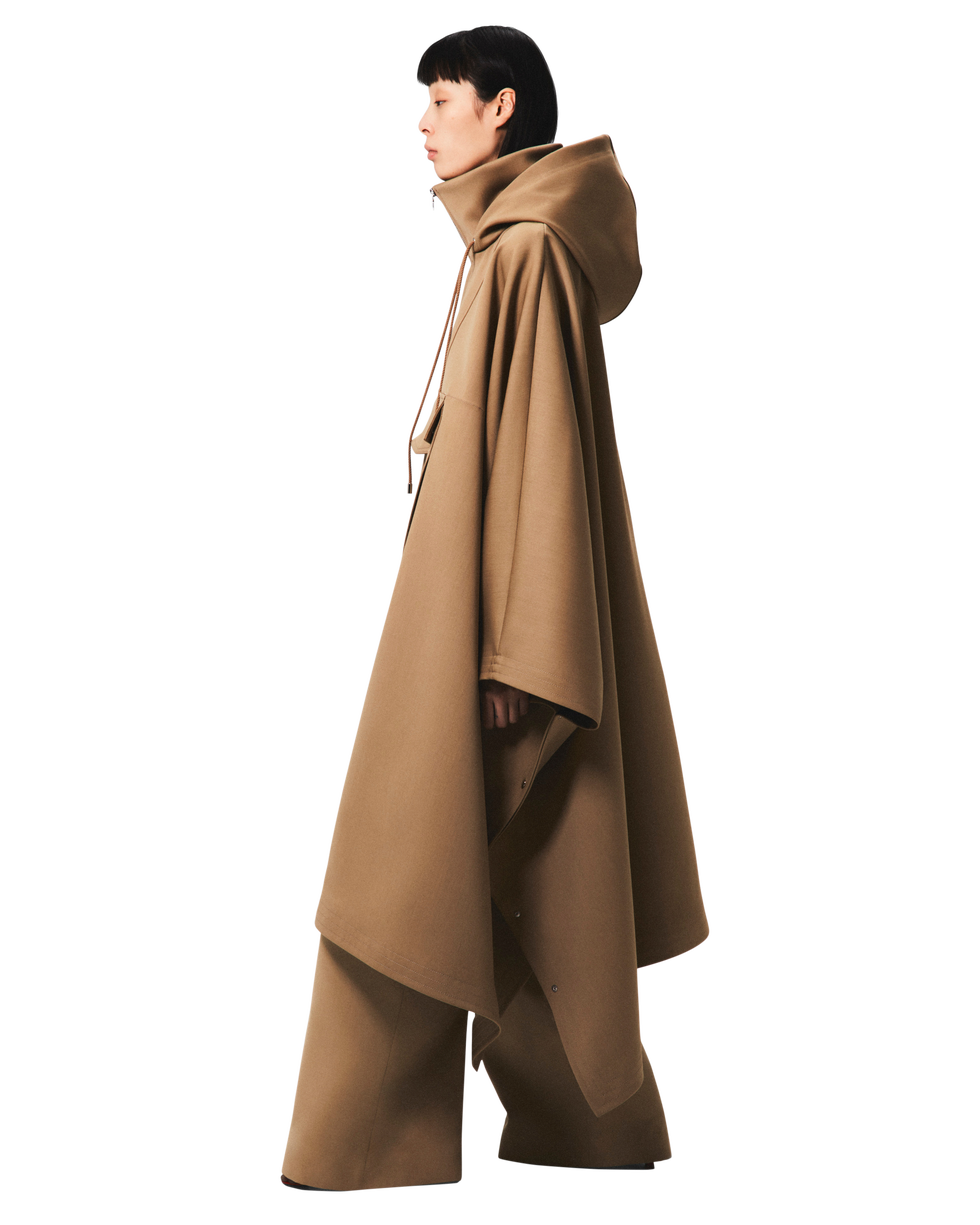Every year when the foliage begins to change, we unlock the coziest versions of ourselves. There’s a collective urge to blast “Red” (Taylor’s Version, of course) and go apple picking. The pocket of time between late September and late November might as well be an unofficial holiday—one that’s sponsored by Nora Ephron movies and chunky sweaters. In short, somewhere along the way, fall became the most hotly anticipated fashion season.
One could say the excitement around “Big Autumn” began in the early to mid-2010s at the height of the Instagram era—a time when influencers were capturing aspirational photos. In the years since, we have seen a barrage of memes upselling the sartorial season. Following 2019’s “Hot Girl Summer” craze came “Christian Girl Autumn,” the term coined for influencer Caitlin Covington’s foliage-flanked photo shoots. Around the same time, a flurry of “Can’t wait till it gets colder so I can really start dressing” memes hit the timeline, followed by “Meg Ryan Fall”–themed TikToks, drawn from classic images of the actress in You’ve Got Mail, When Harry Met Sally…, and Sleepless in Seattle. It reflects what Amy Odell, author of the fashion and culture newsletter Back Row, refers to as “the Hallmark idea of fall.”
Fall has become more than just a season—it’s evolved into a pop culture phenomenon. Valerie Steele, director of The Museum at FIT, says the fact that the school year typically kicks off in the fall in the U.S. helped bring about the season’s cachet. There’s also a sense of renewal that comes with autumn. Laurel Pantin, creative consultant and author of the styling and shopping newsletter Earl Earl, says that the turn of the season lets you “decide who you want to be that year. You’re ready to start anew and be a better person.”
There used to be opportunities to wear autumnal pieces during other seasons, but with the ever-increasing impact of climate change, the distinctions between seasons have grown less clear in many places. Now there may be only a short window in which that designer trench coat can make its cameo. “The idea that fall is a season is propaganda,” says Chelsea Fairless, co-creator of the podcast Every Outfit. “It is a detour on the road from summer to winter, and I think that’s why people are so interested: because it is so fleeting.”



 As trends have become more cyclical, fall has gotten a bigger marketing push. “People have to make more hay of the idea of fall fashion” to get people into stores, says Avery Trufelman, host of the podcast
As trends have become more cyclical, fall has gotten a bigger marketing push. “People have to make more hay of the idea of fall fashion” to get people into stores, says Avery Trufelman, host of the podcast 





